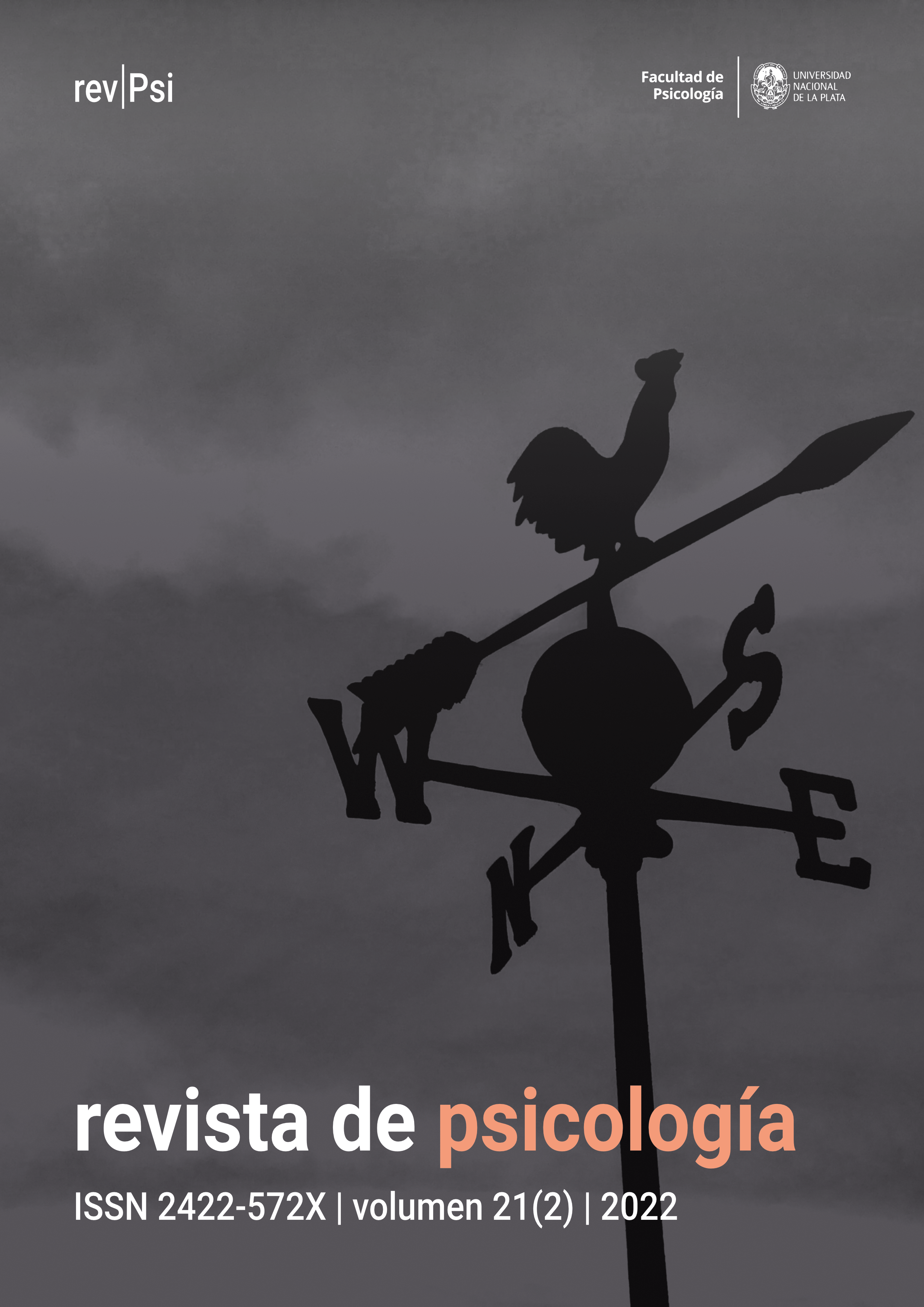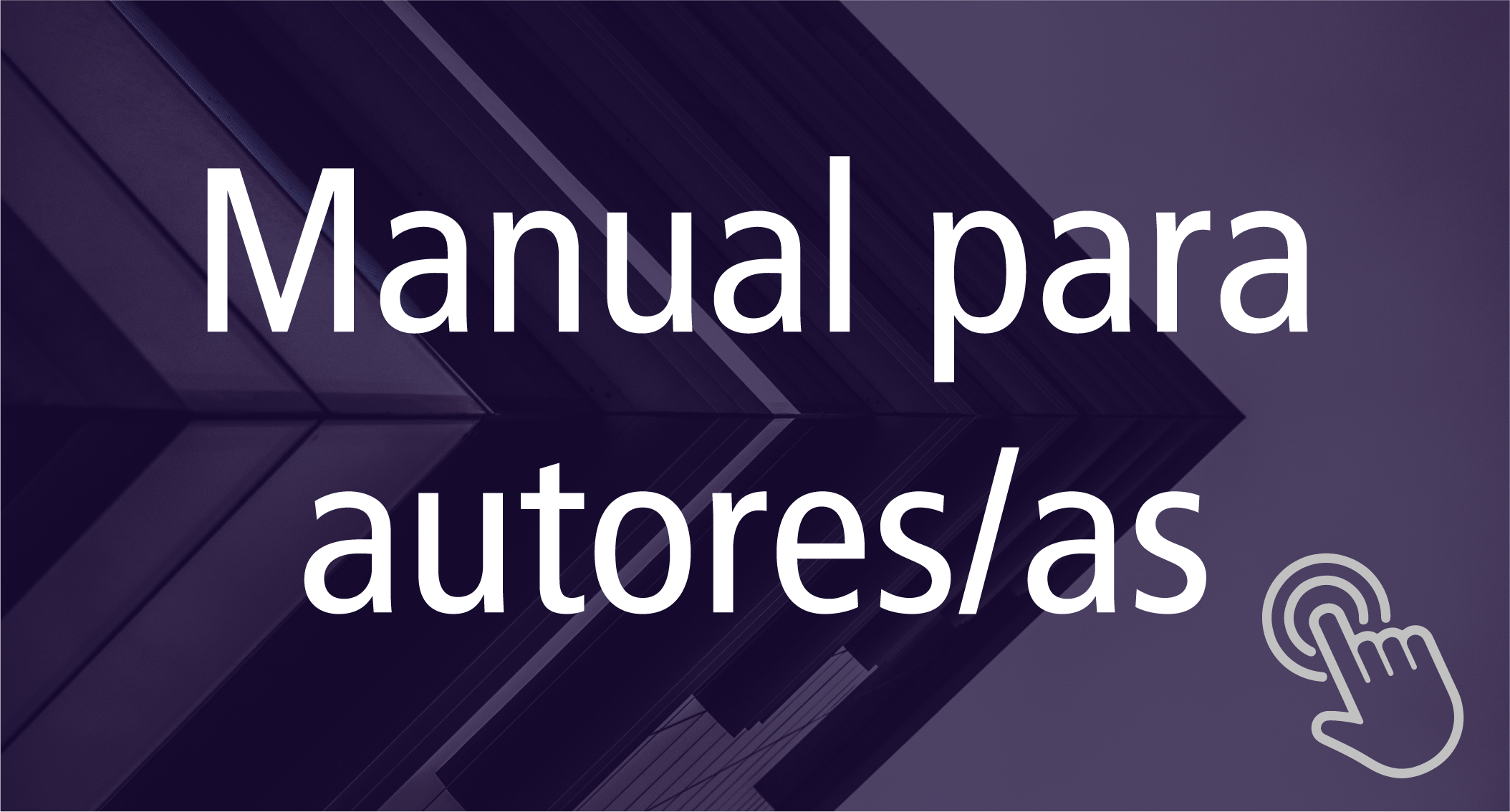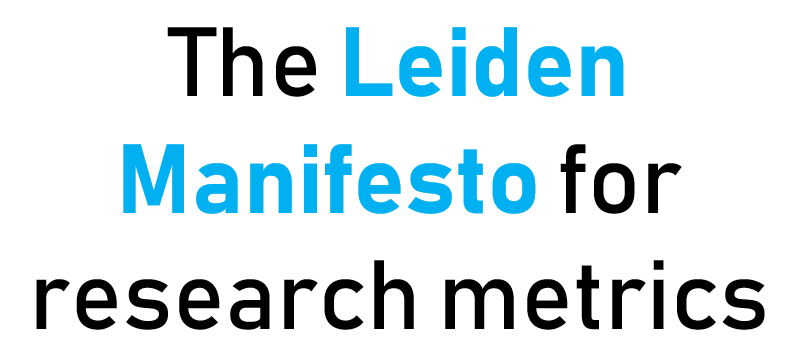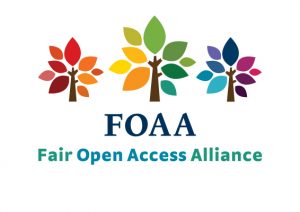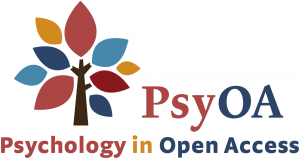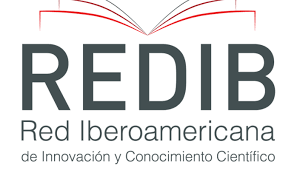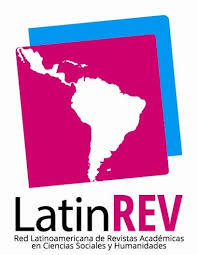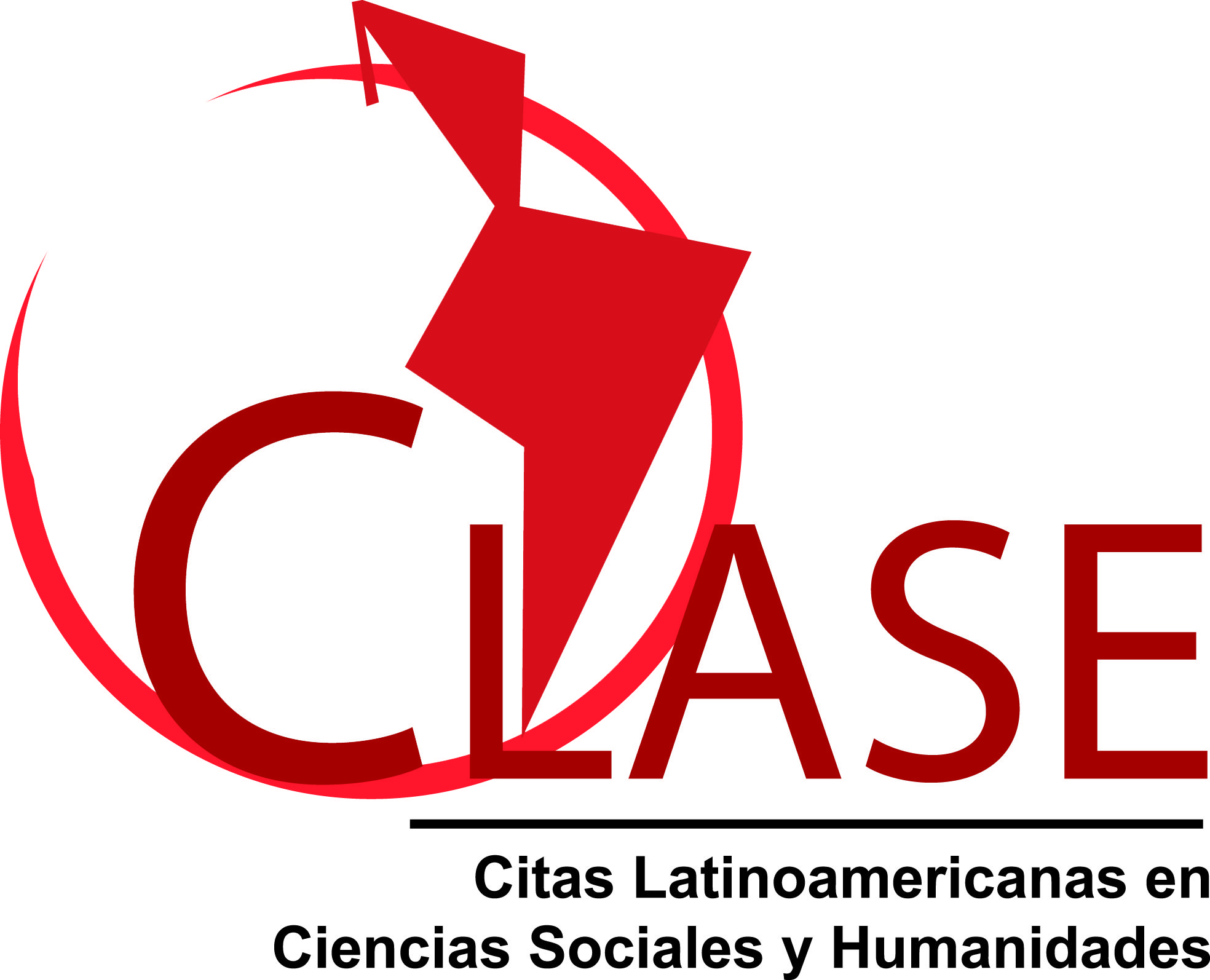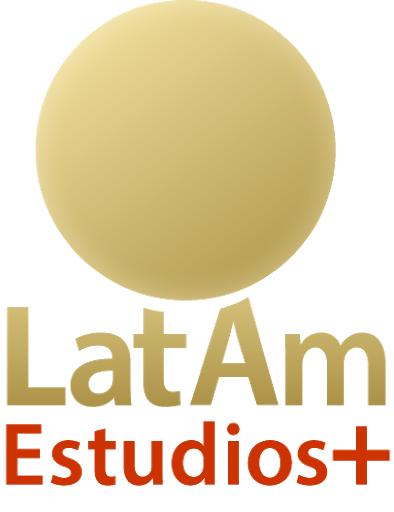Ambiente sociocultural e desenvolvimento humano: Reflexões a partir das diferenças culturais na teoria da mente
DOI:
https://doi.org/10.24215/2422572Xe141Palavras-chave:
teoria da mente, desenvolvimento cognitivo, diferenças culturais, falsa crença, avaliação psicológicaResumo
A teoria da mente (TM) é um marco importante do desenvolvimento humano, pois permite a compreensão das habilidades fundamentais para uma comunicação eficaz e a participação social. Muitas das pesquisas recentes baseam-se no estudo de falsa crença como um indicador representativo de sua evolução, mas isso negligencia a natureza complexa do fenômeno, onde o desenvolvimento depende da organização gradual de múltiplos aspetos. Embora haja um consenso quanto ao caráter multifacetado da TM, os processos relacionados com seu desenvolvimento têm sido pouco explorados além das culturas ocidentais, especialmente com foco em amostras populacionais norteamericanas e europeias. Este artigo discute as evidências atuais sobre as diferenças culturais existentes nos padrões de desenvolvimento e tempos de adquisição da TM, bem como sobre as dificuldades que a diversidade limitada de tarefas que têm sido tradicionalmente usadas para sua avaliação pode representar em termos de validade e generalização dos resultados.
Referências
Alessandroni, N. (2021). Object concepts and their functional core: Material engagement and canonical uses of objects in early childhood education. Human Arenas, 4, 172–195. https://doi.org/10.1007/s42087-020-00119-5
Avis, J. y Harris, P. L. (1991). Belief-desire reasoning among Baka children: Evidence for a universal conception of mind. Child Development, 62(3), 460-467. https://doi.org/10.1111/j.1467-8624.1991.tb01544.x
Baron-Cohen, S. (1985). Mindblindness: An essay on autism and theory of mind. MIT Press.
Burnel, M., Perrone-Bertolotti, M., Reboul, A., Baciu, M. y Durrleman, S. (2018). Reducing the language content in ToM tests: A developmental scale. Developmental Psychology, 54(2), 293-307. https://doi.org/10.1037/dev0000429
Callaghan, T., Rochat, P., Lillard, A., Claux, M. L., Odden, H., Itakura, S., Tapanya, S. y Singh, S. (2005). Synchrony in the onset of mental-state reasoning: Evidence from five cultures. Psychological Science, 16(5), 378-384. https://doi.org/10.1111/j.0956-7976.2005.01544.x
De Jaegher, H., Di Paolo, E. y Gallagher, S. (2010). Can social interaction constitute social cognition? Trends in Cognitive Sciences, 14(10), 441-447. https://doi.org/10.1016/j.tics.2010.06.009
Döhnel, K., Schuwerk, T., Sodian, B., Hajak, G. Rupprecht, R. y Sommer, M. (2016). An fMRI study on the comparison of different types of false belief reasoning: False belief-based emotion and behavior attribution. Social Neuroscience, 12(6), 730-742. https://doi.org/10.1080/17470919.2016.1241823
Flynn, E. y Whiten, A. (2012). Experimental “microcultures” in young children: Identifying biographic, cognitive, and social predictors of information transmission. Child Development, 83(3), 911-925. https://doi.org/10.1111/j.1467-8624.2012.01747.x
Gopnik, A. y Astington, J. W. (1988). Children's understanding of representational change and its relation to the understanding of false belief and the appearance-reality distinction. Child Development, 59(1), 26-37. https://doi.org/10.2307/1130386
Heal, J. (1995). Replication and functionalism. En M. Davies y T. Stone (Eds.), Folk psychology: The theory of mind debate (pp. 45–59). Blackwell.
Hughes, C. y Devine, R. T. (2015). Individual differences in theory of mind from preschool to adolescence: Achievements and directions. Child Development Perspectives, 9(3), 149-153. https://doi.org/10.1111/cdep.12124
Hutto, D. D. (2011). Elementary mind minding, enactivist-style. En A. Seemann (Ed.), Joint attention: New developments in psychology, philosophy of mind, and social neuroscience (pp. 307-341). MIT Press. https://doi.org/10.7551/mitpress/8841.003.0016
Jacob, P. (2020). What do false-belief tests show? Review of Philosophy and Psychology, 11, 1-20. https://doi.org/10.1007/s13164-019-00442-z
Kuntoro, I. A., Saraswati, L., Peterson, C. y Slaughter, V. (2013). Micro-cultural influences on theory of mind development: A comparative study of middle-class and pemulung children in Jakarta, Indonesia. International Journal of Behavioral Development, 37(3), 266-273. https://doi.org/10.1177/0165025413478258
Lecce, S. y Hughes, C. (2010). The Italian job?: Comparing theory of mind performance in British and Italian children. British Journal of Developmental Psychology, 28(4), 747-766. https://doi.org/10.1348/026151009X479006
Lillard, A. (1998). Ethnopsychologies: Cultural variations in theories of mind. Psychological Bulletin, 123(1), 3-32. https://doi.org/10.1037/0033-2909.123.1.3
Liu, D., Wellman, H. M., Tardif, T. y Sabbagh, M. A. (2008). Theory of mind development in Chinese children: A meta-analysis of false-belief understanding across cultures and languages. Developmental Psychology, 44(2), 523-531. https://doi.org/10.1037/0012-1649.44.2.523
Nisbett, R. E. (2003). The geography of thought: How Asians and Westerners think differently…and why. Free Press.
Ratcliffe, M. (2007). Rethinking commonsense psychology. A critique of folk psychology, theory of mind and simulation. Palgrave Macmillan.
Reddy, V. (2003). On being the object of attention: Implications for self-other consciousness. Trends in Cognitive Sciences, 7, 397-402. https://doi.org/10.1016/S1364-6613(03)00191-8
Reddy, V. (2008). How infants know minds. Harvard University Press.
Reddy, V. y Morris, P. (2004). Participants don't need theories: Knowing minds in engagement. Theory & Psychology, 14, 647-665. https://doi.org/10.1177/0959354304046177
Rivière, Á. y Castellanos, J. L. (1986/2003). Autismo y Teoría de la mente. En M. Belinchón, A. Rosa, I. Marichalar y M. Sotillo (Eds.) (2003), Ángel Rivière. Obras escogidas. Volumen II (pp. 143–163). Médica-Panamericana.
Schurz, M., Aichhorn, M., Martin, A. y Perner, J. (2013). Common brain areas engaged in false belief reasoning and visual perspective taking: A meta-analysis of functional brain imaging studies. Frontiers in Human Neuroscience, 7, 712. https://doi.org/10.3389/fnhum.2013.00712
Shahaeian, A. (2015). Sibling, family, and social influences on children’s theory of mind understanding: New evidence from diverse intracultural samples. Journal of Cross-Cultural Psychology, 46(6), 805-820. https://doi.org/10.1177/0022022115583897
Shahaeian, A., Nielsen, M., Peterson, C. C., Aboutalebi, M. y Slaughter, V. (2014). Knowledge and belief understanding among Iranian and Australian preschool children. Journal of Cross-Cultural Psychology, 45(10), 1643-1654. https://doi.org/10.1177/0022022114548484
Slaughter, V., Peterson, C. C. y Mackintosh, E. (2007). Mind what mother says: Narrative input and theory of mind in typical children and those on the Autism spectrum. Child Development, 78(3), 839-858. https://doi.org/10.1111/j.1467-8624.2007.01036.x
Vietri, M., Alessandroni, N. y Piro, M. C. (2018). La perspectiva de segunda persona en la atribución de estados mentales: Una revisión sistemática de su estado actual de desarrollo. Psykhe, 28(2), 1-17. https://doi.org/10.7764/psykhe.28.2.1280
Vietri, M., Alessandroni, N. y Piro, M. C. (2021). Usos de objetos y anticipaciones corporales en el desarrollo temprano. Revista de Psicología. https://dx.doi.org/10.24215/2422572Xe089
Wellman, H. M. (2014). Making minds: How theory of mind develops. Oxford University Press.
Wellman, H. M. y Liu, D. (2004). Scaling of theory-of-mind tasks. Child Development, 75(2), 523-541. https://doi.org/10.1111/j.1467-8624.2004.00691.x
Wimmer, H. y Perner, J. (1983). Beliefs about beliefs: Representation and constraining function of wrong beliefs in young children’s understanding of deception. Cognition, 13(1), 103-128. https://doi.org/10.1016/0010-0277(83)90004-5
Downloads
Publicado
Edição
Seção
Licença
Copyright (c) 2022 Ana Moreno-Núñez

Este trabalho está licenciado sob uma licença Creative Commons Attribution 4.0 International License.

Os autores que publicam neste periódico aceitam as seguintes condições:
- Autores mantém os direitos autorais e atribuir o direito de primeira publicação para a revista, com a obra registrada sob uma Licença de atribuição Creative Commons (CC-BY) , que permite que terceiros usem o que é publicado sempre que mencionarem a autoria do trabalho e a primeira publicação desta revista.
- Os autores podem fazer outros acordos contratuais independentes e adicionais para a distribuição não-exclusiva do artigo publicado na revista ESTA (por exemplo, incluí-lo em um repositório institucional ou publicá-lo em um livro), enquanto eles indicou claramente que o trabalho foi publicado pela primeira vez nesta revista.
- Autores são permitidos e encorajados a publicar seus trabalhos na Internet (por exemplo, em páginas institucionais ou individuais) antes e durante o processo de revisão e publicação, pois pode gerar alterações produtivas e maior e mais rápida difusão do trabalho publicado (ver The Effect of Open Access).

